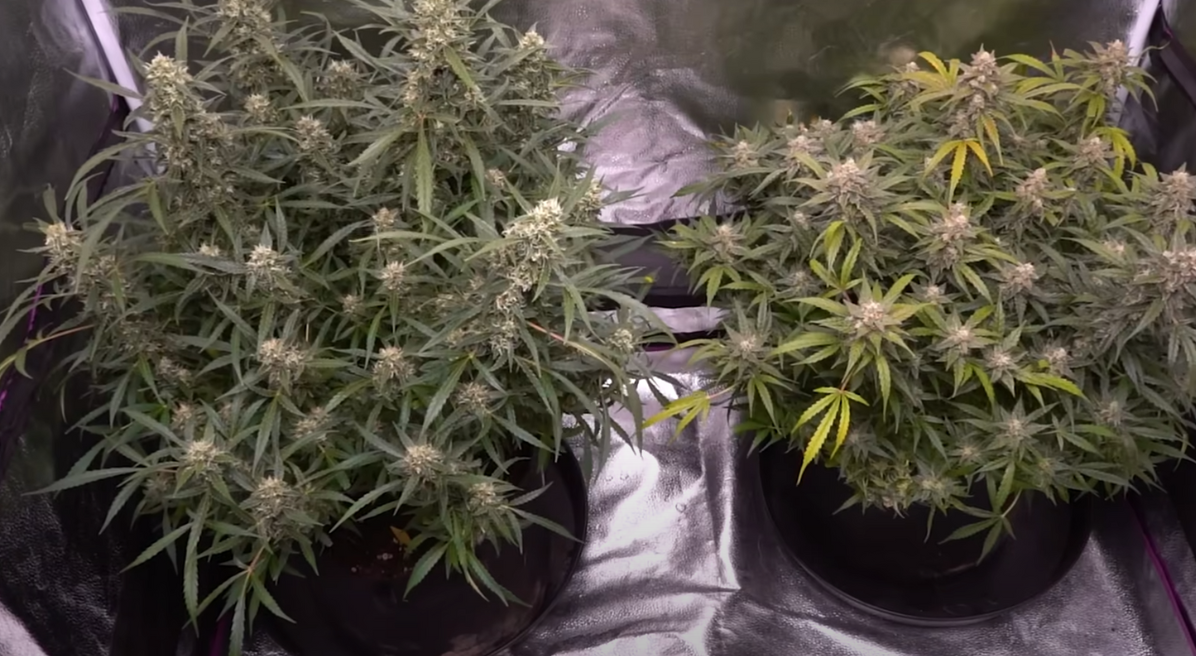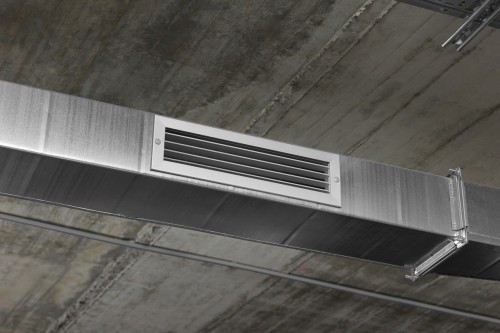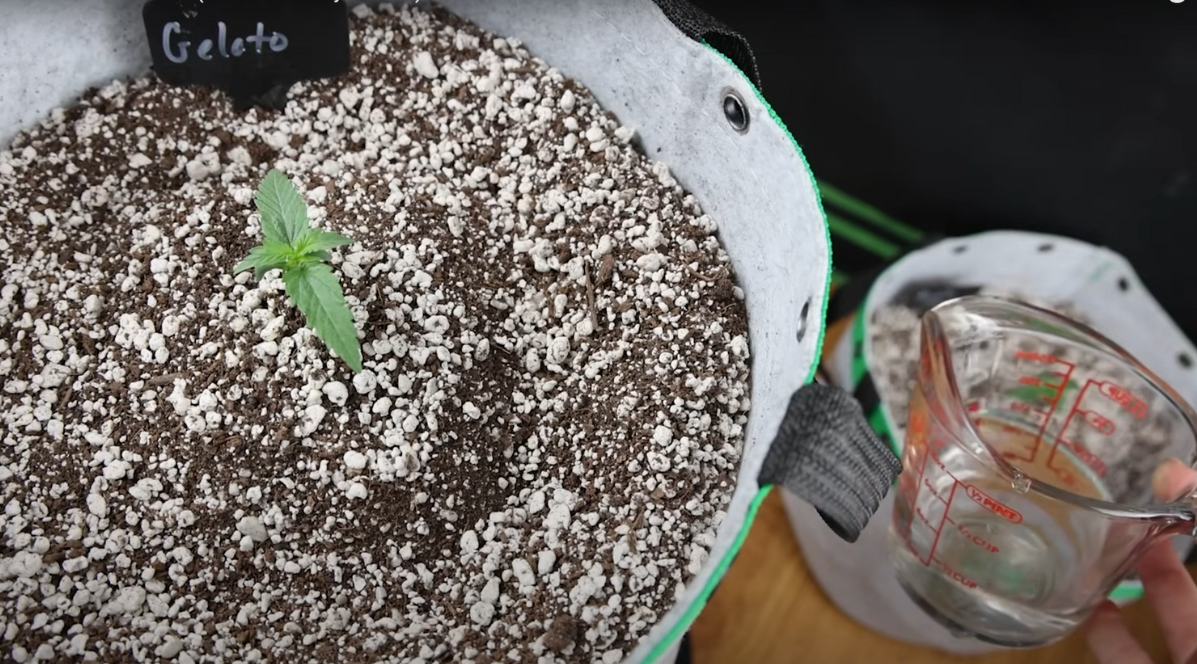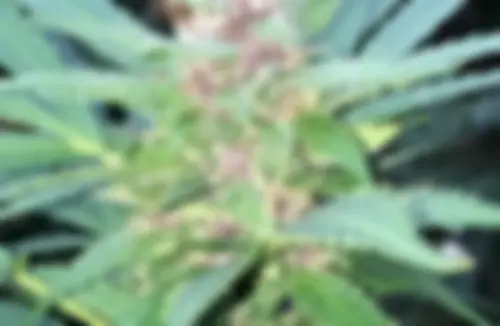Are you passionate about growing cannabis, but your living space is tiny? Do you want homegrown buds, but bulky equipment crammed into your apartment seems impossible? That's where the magic of growing autoflowers in small spaces comes in.
Why Choose Autoflowers for Small Grows?

Let's face it: not everyone has sprawling gardens or grow rooms. That's why autoflowers are perfect for growers with limited space. Unlike photoperiod strains, these compact plants flower based on age, not light cycles. This makes them ideal for small spaces and busy schedules. Forget complicated light schedules – autoflowers grow on their own terms.
They also mature much faster, allowing multiple harvests yearly. Imagine enjoying your homegrown buds several times a year. Autoflowers are also known for their resilience and ability to handle environmental changes better than most. In a small grow, this hardiness is a lifesaver.
Choosing the Right Autoflower Strain for Small Spaces
Convinced about autoflowers for your small grow? Now, it's time to pick the perfect strain. When space is tight, every inch matters. Look for short, bushy strains that maximize yield in a confined area.
Some great examples include the legendary Lowryder Auto strain, known for its discreet size, and Northern Lights Autoflower seeds, which packs a potent punch in a small package.
When researching, consider estimated plant height, flowering time, and overall yield. These factors are key to a successful micro-grow. If your tiny space is outdoors, you can explore outdoor autoflower seeds.
Setting Up Your Micro Grow: Containers and Mediums
Next, decide where your plants will grow. For small spaces, several container options are perfect for starting your first grow.
Fabric Grow Bags: The Space Savers
Fabric pots are great for small grows. Their breathable fabric allows superior airflow to the roots, creating healthier plants and preventing root circling, a common problem in traditional pots. Fabric pots come in various sizes, making them adaptable to any micro-grow setup. They're also lightweight and easy to move around if needed. When choosing fabric pots, opt for high-quality, durable materials that will withstand multiple grows.
Traditional Pots: Tried and True
Regular pots work, too. Just remember that drainage is crucial to prevent overwatering. Choose smaller pot sizes to prevent plants from outgrowing their space. I recommend starting with 1-2 gallon pots for autoflowers in a small setup. Terracotta or plastic pots are both suitable options. Ensure your pots have adequate drainage holes to allow excess water to escape. If you're using plastic pots, consider adding additional holes for better drainage and airflow.
Hydroponics: Take it Up a Notch
Feeling adventurous? Consider a hydroponic system. These setups deliver nutrients directly to the roots, often resulting in faster growth and bigger yields. While slightly more complex than soil grows, hydroponics can be incredibly space-efficient. There are various hydroponic systems to choose from, such as deep water culture (DWC), nutrient film technique (NFT), and ebb and flow. Research each method to determine which one best suits your needs and skill level. Keep in mind that hydroponic systems require more frequent monitoring and maintenance compared to soil grows.
Lighting the Way: Choosing the Right Lights for Your Small Grow Space
Autoflowers don't need as much light as photoperiod strains, but they still need enough to thrive. In small spaces, the right grow lights are essential. Here are some excellent options:
LED Grow Lights: Energy-Efficient Powerhouses
LEDs are my top choice for small grows. They're cooler than HPS lights, making them ideal for enclosed spaces where heat builds up quickly. LEDs also use less energy, saving you money. When selecting an LED grow light, look for full-spectrum options that provide a balanced mix of red and blue light. Consider the light's coverage area and intensity to ensure it's suitable for your grow space. Some LED lights also offer adjustable spectrums, allowing you to optimize the light for each growth stage. These work well for CBD autoflower seeds.
CFL Grow Lights: Budget-Friendly Illumination
CFLs are a more affordable option that still works well for autoflowers. However, they're not as strong as LEDs and produce more heat. Keep an eye on the temperature in your grow area. When using CFLs, you may need multiple bulbs to provide adequate coverage for your plants. Position the bulbs close to the canopy, as their light intensity diminishes quickly with distance. Replace CFL bulbs regularly, as their output decreases over time.
Positioning Your Lights
Correct light positioning is vital for healthy growth. In a confined space, ensure the lights are close enough to provide enough light without burning your plants. A good starting point is 12-18 inches above the plants' canopy. Adjust as needed based on your light's intensity. Monitor your plants closely for signs of light stress, such as yellowing or curling leaves. If you notice these symptoms, raise the lights slightly. As your plants grow taller, continue adjusting the light height to maintain the optimal distance from the canopy.
Airflow and Ventilation in a Small Grow
Airflow and ventilation are often overlooked, especially in small spaces. But they're just as important as light and nutrients, particularly when growing autoflowers in tight spaces.
Why Ventilation Matters

Proper ventilation is like the lungs of your grow room. It does more than keep the air fresh. Good airflow strengthens plant stems, regulates temperature and humidity, and prevents pests and mould. Adequate ventilation also helps distribute CO2, which is essential for photosynthesis. Without proper airflow, your plants may suffer from stunted growth, weak stems, and increased susceptibility to diseases. Investing in a good ventilation system is crucial for the health and productivity of your micro-grow.
Simple Solutions for Small Spaces
Don't worry; you don't need industrial-grade ventilation for a small grow. A simple setup with intake and exhaust fans works great. A strategically placed oscillating fan also works wonders circulating air, preventing stagnant pockets that pests and pathogens love. When setting up your ventilation system, consider the size of your grow space and the number of plants you're growing. Aim for a complete air exchange every few minutes. Place your intake fan near the bottom of your grow space to bring in cool, fresh air, and position your exhaust fan near the top to remove warm, stale air.
Mastering the Art of Watering and Feeding in Tiny Gardens

Autoflowers grow fast, but this speed comes with unique needs. Let's discuss watering and feeding practices for small-space autoflower grows.
The Importance of the Right Watering Schedule
Overwatering is a common mistake, especially in small containers where the soil stays wet longer. Let the top inch of soil dry out completely before watering again. Remember, it's better to underwater slightly than to drown your plants. To determine when to water, stick your finger into the soil up to the first knuckle. If it feels dry, it's time to water. If it's still moist, wait a day or two before checking again. When you do water, do so slowly and evenly, allowing the water to penetrate the soil without running off.
Feeding Your Autoflowers: Small But Mighty
Autoflowers, while tough, can be sensitive to overfeeding. Always start with half the recommended nutrient dosage and gradually increase as needed. Look for nutrients specifically made for autoflowers. These formulas are typically lower in nitrogen and higher in phosphorus and potassium to support bud development. Feed your plants every other watering, alternating with plain pH-adjusted water to prevent nutrient buildup in the soil. Keep an eye out for signs of nutrient deficiencies or excesses, such as yellowing leaves or burnt tips, and adjust your feeding schedule accordingly.
Taming the Green: Plant Training Techniques for Confined Grows
Just because you're growing in a small space doesn't mean you can't train your plants. These techniques control plant height and shape.
Low Stress Training (LST) for Bushier Growth
LST your autoflowers involves gently bending and securing the plant's stems to encourage horizontal growth. This exposes more bud sites to light, boosting yields. Start LST early in the vegetative stage and continue adjusting the ties as your plant grows. When performing LST, be gentle to avoid damaging the stems. Use soft plant ties or pipe cleaners to secure the branches in place. As your plant grows, continue tying down new growth to maintain an even canopy. LST is an ongoing process that requires regular attention, but the results are well worth the effort.
Keeping it Clean: Pest and Disease Prevention in Tight Spaces
Pests and diseases can ruin any grow, especially in a small, enclosed environment. Prevention is always better than cure. In tight grow spaces, an infestation can spread rapidly, devastating your entire crop. Vigilance and proactive measures are essential to keep your plants healthy.
Regularly inspect your plants for any signs of pests or disease. Look under the leaves, along the stems, and in the soil. Common cannabis pests include spider mites, thrips, fungus gnats, and aphids. If you spot any unwanted visitors, isolate the affected plant immediately to prevent the infestation from spreading.
Implement preventive measures such as using sticky traps to monitor and capture flying insects. Consider introducing beneficial predators like ladybugs or predatory mites, which feed on common cannabis pests. Maintain proper airflow and humidity levels to create an environment less hospitable to pests and diseases.
Hygiene is Key
A clean grow area is vital for keeping pests and diseases away. Wipe down surfaces, remove dead leaves, and avoid bringing in anything that could carry unwanted guests. Maintain a strict cleaning protocol to minimize the risk of contamination.
Start with a thorough cleaning of your grow space before each new crop. Remove any debris, sanitize surfaces, and disinfect equipment. During the grow, routinely remove dead plant material and fallen leaves from the soil surface, as these can attract pests and harbor diseases.
When working with your plants, always wash your hands or use gloves to avoid inadvertently introducing pests or pathogens. Keep your grow tools clean and disinfected, especially if you use them on multiple plants. Avoid wearing outdoor clothing in your grow room, as it may carry hitchhiking pests.
Proper hygiene extends beyond your grow space. If you have other plants in your home, keep them away from your cannabis plants to reduce the risk of cross-contamination. Avoid visiting other grows or gardens before tending to your own plants, as you may unknowingly bring back unwanted guests.
Harvesting Time
Harvest time has arrived. How do you know when it's time? For most autoflowers, it's around 8-10 weeks after germination. However, each strain is different, and various environmental factors can influence the exact timing.
As your autoflowers approach maturity, you'll notice several changes. The pistils (hair-like structures) on the buds will begin to darken and curl inward. The buds themselves will become denser and more resinous. The leaves may start to yellow and die off as the plant directs its energy toward the buds.
While these visual cues are helpful indicators, the most reliable method for determining harvest readiness is to examine the trichomes. Trichomes are the tiny, mushroom-shaped glands that cover the buds and surrounding leaves. They produce the cannabinoids and terpenes that give cannabis its unique effects and flavours.
Timing is Everything
Watch the trichomes (tiny resin glands) on your buds. When most turn milky white or amber, it's time to harvest. To examine the trichomes closely, you'll need a magnifying tool, such as a jeweler's loupe or a digital microscope.
Early in the flower, the trichomes appear clear and translucent. As the buds mature, they turn milky white, indicating peak THC production. If you wait longer, the trichomes will begin to turn amber as THC degrades into CBN, resulting in a more sedative effect.
The ideal trichome colour depends on your personal preference. For a more energetic, heady high, harvest when most trichomes are milky white with a few still clear. For a more relaxing, full-body stone, wait until a portion of the trichomes turn amber (around 20-30%). Keep in mind that the top buds may mature faster than the lower buds due to their proximity to the light source. You may need to harvest in stages, taking the top buds first and allowing the lower ones a bit more time to ripen.
Conclusion
Growing autoflowers in extremely small spaces might seem tough, but it's incredibly rewarding. Start with the right strain, provide light, water, and nutrients, and consider techniques like plant training. With careful planning and attention to detail, you can achieve an impressive harvest even in the most confined spaces.
Remember, the key to success is working with your space, not against it. Embrace the challenges and get creative with your growing techniques. Experiment with different strains, training methods, and harvesting times to find what works best for your unique setup.
Don't be discouraged by setbacks or mistakes. Every grow is a learning experience, and even the most seasoned cultivators face challenges from time to time. Celebrate your successes, learn from your missteps, and, most importantly, enjoy the fruits of your labor. Happy growing!
Q: How can I maximize small spaces to grow quality cannabis plants?
A: To grow quality cannabis plants in tiny areas, you can utilize techniques such as training your plants, choosing genetics that stay small, using the right grow light, and keeping your plants shorter.
Q: What are some key factors to consider when growing cannabis in small spaces?
A: When growing cannabis in small spaces, consider factors such as the number of plants to grow, using small pots, selecting genetics that tend to stay small, and keeping plants short to prevent them from getting out of control.
Q: How do I choose the right cannabis strain for growing in a tiny space?
A: Look for cannabis strains that are known to stay small or are designed for small spaces, such as autoflowering strains or those suitable for the sea of green technique.
Q: What is the best grow setup for maximizing small spaces?
A: The best grow setup for small spaces typically involves using a grow tent, selecting genetics that stays small, utilizing the right grow light, and employing techniques to keep plants short and compact.
Q: What are some effective growing techniques for cultivating cannabis in tiny areas?
A: Effective growing techniques for small cannabis spaces include training your plants, using the screen of green or sea of green method, and choosing autoflowering plants that naturally stay small.
Q: How can I ensure a good yield when growing cannabis in a small indoor space?
A: To ensure a good yield in a small indoor space, focus on selecting high-yield cannabis strains to optimize your grow setup, provide the right nutrients, and maintain ideal growing conditions.
Q: What are some common challenges when growing cannabis in small spaces?
A: Common challenges when growing cannabis in small spaces include limited room for plant growth, ensuring proper ventilation and air circulation, managing plant height, and preventing plants from overcrowding each other.





